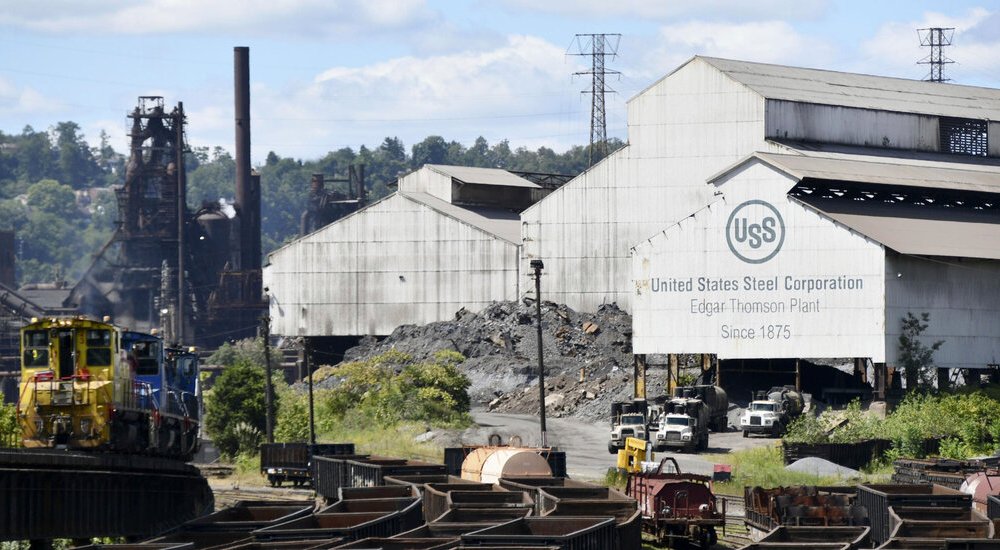The bid by Nippon faced political opposition from the moment it was announced in December 2023. Democratic senators including Sherrod Brown of Ohio and Bob Casey of Pennsylvania, along with Senator JD Vance, the Ohio Republican who is now the vice president-elect, urged Mr. Biden to review the proposed sale to guard against lost steel production and jobs. Both Mr. Brown and Mr. Casey lost their seats to Republican challengers in November.
Shortly before last Christmas, the Biden administration appeared to bend to the concerns being voiced by lawmakers, with Lael Brainard, the director of the National Economic Council, issuing a statement saying that the transaction “appears to deserve serious scrutiny in terms of its potential impact on national security and supply chain reliability.”
While U.S. Steel shareholders approved the deal in April, the likelihood that it would happen dimmed as the presidential election grew closer.
U.S. Steel, which was founded in 1901, has for years faced financial struggles amid the changing dynamics of global metal markets and rapidly evolving technology, which the company was often slow to adopt. The company, whose metal has been used to build some of the nation’s most famous bridges and buildings — such as the Willis Tower in Chicago and the United Nations building in New York — employed 340,000 workers at its peak in the 1940s but now has around 20,000 workers overall, with about 4,000 in Pennsylvania.
A post-pandemic boost to the steel market, which stemmed from a combination of shortages and demand spurred by federal infrastructure investments, had been showing signs of cooling amid worries of a global economic slowdown. In 2023, a U.S. Steel rival, the Ohio-based Cleveland-Cliffs, made an unsolicited offer to buy its competitor. That set off a bidding war that Nippon won.










































